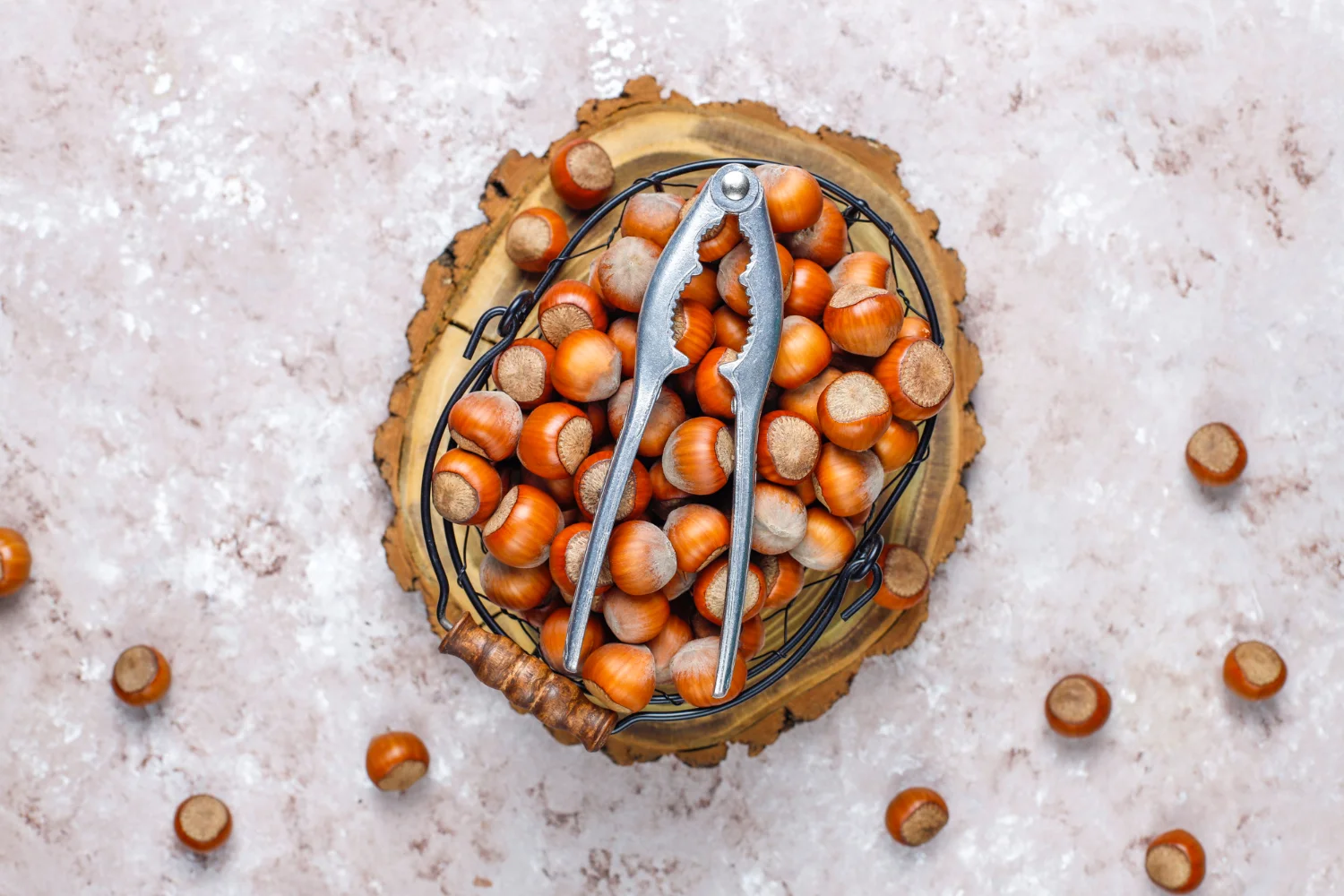Žižole – The Ancient Fruit with Modern Benefits
Greetings and welcome to žižole, your guide to discovering the remarkable story behind this little fruit that has traveled across cultures and centuries. Often called jujube or Chinese date, žižole is more than a snack from old orchards—it is a treasure of taste, tradition, and health benefits waiting to be rediscovered.
Origins
Žižole trees have grown for thousands of years in warm, dry regions where they thrive even in challenging soil. Ancient travelers carried these fruits across continents, allowing them to become part of many cuisines and folk remedies. Over time, they became valued not only for sweetness but also for their ability to stay fresh even after drying, which made them ideal for trade and long journeys.
Flavor
Fresh žižole fruits are crisp when bitten into, resembling the texture of an apple but with a lighter sweetness. Once dried, they develop a chewy consistency with rich caramel-like undertones. Because of this dual nature, they easily find a place in both savory and sweet recipes, offering versatility rarely seen in a single fruit.
Nutrition
Packed within the small round shape of žižole is an impressive amount of nutrients. It contains:
- Vitamin C: A vital nutrient for immune support and skin health.
- Antioxidants: Compounds that protect cells from damage caused by free radicals.
- Minerals: Including potassium and manganese, which support overall body function.
What makes žižole even more fascinating is its balance of natural sugars with fiber, which means it offers energy without a rapid sugar spike.
Traditional Uses
In ancient times, žižole wasn’t just food—it was considered medicine. Healers in Asia used the fruit for calming nerves and promoting restful sleep. In Mediterranean regions, its dried form was steeped into herbal infusions to aid digestion and improve circulation. Some cultures even viewed the fruit as a symbol of peace and offered it during festive gatherings.
Sleep Support
One of the most recognized benefits of žižole is its ability to improve sleep quality. Compounds within the fruit interact with brain receptors associated with relaxation, making it a natural way to promote restful nights. Drinking a mild tea brewed from dried žižole before bedtime is still a common tradition in many households today.
Digestive Aid
Another benefit lies in its fiber content, which supports healthy digestion. Eating the fruit regularly can help maintain gut balance and reduce occasional bloating. Unlike harsh supplements, žižole provides this support in a gentle, natural way that is also enjoyable to consume.
Culinary Ideas
Žižole can be eaten straight from the tree, but it also fits perfectly into countless dishes:
- Trail Mix: Combine dried žižole with nuts and seeds for a nourishing snack.
- Stews: Add fresh or dried pieces to enhance flavor depth and natural sweetness.
- Desserts: Bake into bread or simmer into syrup for a unique topping.
- Tea: A soothing infusion made by simmering slices with warm water and spices.
Its adaptability allows it to complement both modern and traditional recipes without losing its unique character.
Growing the Tree
For those who enjoy gardening, žižole trees are relatively low-maintenance. They tolerate drought, require little fertilizer, and resist many pests naturally. A sunny corner of a backyard can easily host a tree that produces fruit for decades. Once established, it provides not only fruit but also fragrant blossoms that attract pollinators.
Modern Research
While žižole has been part of folk medicine for centuries, modern studies are starting to confirm what traditional users always knew. Research points toward its potential to reduce stress levels, boost immunity, and support heart health. Though more scientific exploration is ongoing, these early findings encourage a renewed appreciation for this humble fruit.
Sustainability
Another advantage of cultivating žižole is sustainability. Because the tree grows in dry climates with minimal irrigation, it’s an environmentally friendly crop. As global attention shifts toward conserving resources, fruits like žižole become valuable examples of how agriculture can meet human needs without harming ecosystems.
Final Thoughts
Žižole may not have the fame of apples or bananas, but its story is deeper and its benefits broader than many realize. From its role in ancient trade routes to its place in modern wellness practices, this fruit continues to prove its worth. Whether you enjoy it fresh, dried, brewed, or baked, žižole offers nourishment not only for the body but also for the heritage of cultures that have cherished it for generations.






